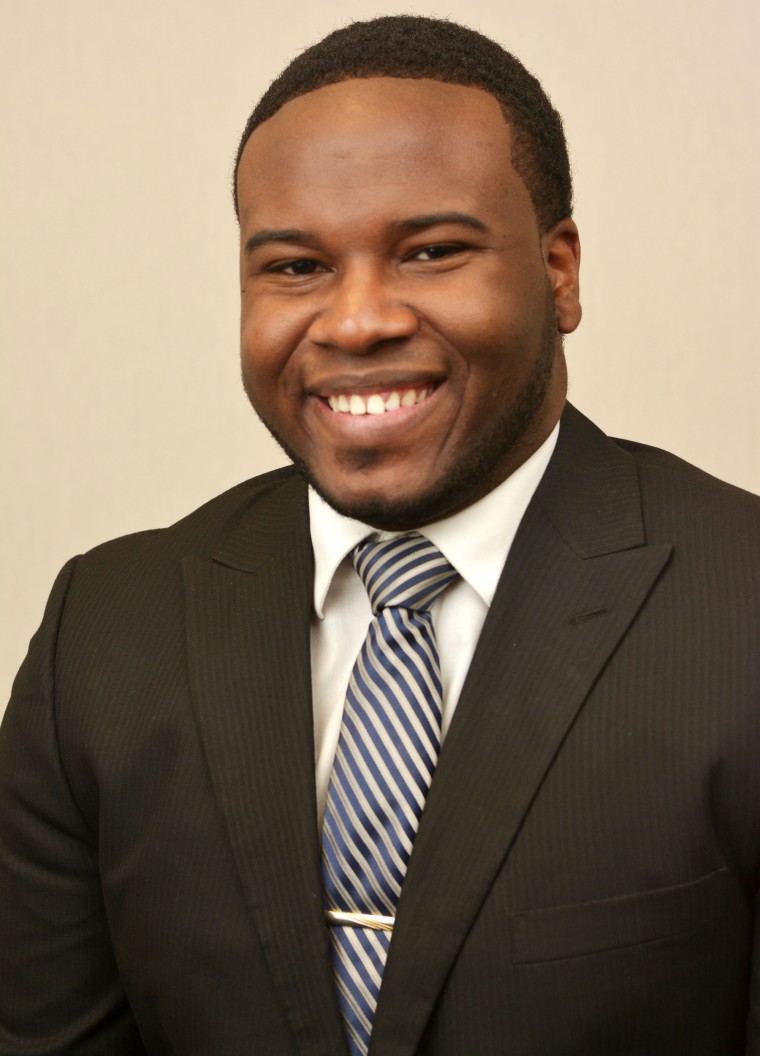The chaotic aftermath on the night a Dallas police officer fatally shot her neighbor — mistaking his apartment for hers and believing he was a burglar — was shown for the first time in court Tuesday.
Amber Guyger, who was fired after the shooting, is seen in the apartment of her neighbor, Botham Jean, briefly in one of the bodycam videos on the night of Sept. 6, 2018. Guyger was off duty but in uniform when she got home to her apartment complex, where she had moved in two months before.
"I thought it was my apartment," Guyger is heard repeating.
When the arriving officers ask her where Jean was shot, she replies: "Top left. Top left."
"Hey, can you hear me? Talk to me," one responder asks of Jean. His body is seen on the floor with blood pooling around his left shoulder.
Dallas police Officer Michael Lee, whose bodycam was shown, testified at trial Tuesday that Jean still had a pulse, but was unable to communicate.
The bodycam video highlights the confusion of what happened on the night Jean, a 26-year-old accountant, was killed just before 10 p.m. while he had been unwinding alone at home. Guyger's murder trial has riveted the city as a jarring example of how a police officer can take the life of a law-abiding citizen in the sanctity of one's own home.
Jurors got a look inside of Jean's apartment: It was cluttered with dishes and food left out. Light was emanating from a television and laptop. A bowl of vanilla ice cream that he had been eating was beside the laptop. Prosecutors said it smelled of marijuana, which he used for his attention deficit hyperactivity disorder.
The moment was also frantic for many of the officers who scrambled to the scene, with some unsure exactly where the apartment was at the South Side Flats, a complex about two blocks from the Dallas Police Station. Jean lived one floor above Guyger.
Guyger was not seen helping Jean after the shooting, but did call 911, a recording of which was played Tuesday and featured her saying, "I thought it was my apartment" about 19 times.
The idea that Guyger, 31, could have missed all the sensory cues and entered Jean's apartment, then fired on him without determining she was in the wrong apartment, is at the heart of this trial, which resumed Wednesday with more testimony from investigators. The defense is arguing that while Guyger made a mistake, she did so without the criminal intent of murder, and believed she needed to defend herself because her life was in danger.
The prosecution has said that Guyger's mistake is unreasonable, and that she failed to notice she had parked on the wrong floor of the complex's garage, that Jean's apartment had a red doormat outside while hers did not, and that her key fob did not work in his lock.
Lead prosecutor Jason Hermus also hammered home on Tuesday that Guyger had a choice to be more careful if she was unsure about the identity of the person inside the apartment.
"If you open a door and realize someone's inside, you have two choices: Presume you can safely reposition, or shoot and figure it out later," Hermus said, asking Lee what he would do.
"Cover and conceal," Lee said.
"Because of sanctity of human life?" Hermus asked.
"Yes," Lee replied.
Testimony continued Wednesday with another investigator, Texas Ranger David Armstrong, who countered that Guyger was not responding to a regular police call and would have had to have responded quickly if she believed she was face to face with an intruder.
"You begin to concentrate on what you believe the threat is," Armstrong said. "Your body says I need to do this right now — either flight or fight."
The judge, however, ruled that the jury would not be permitted to hear his opinion that he would not have arrested Guyger and that he believed she did not commit a crime.

Dallas County Medical Examiner Chester Gwin testified Wednesday that the gunshot that killed Jean entered the left side of his chest from a downward angle, which could suggest that he was not standing when he was shot.
A prosecutor asked if the path of the bullet could be consistent with someone who had been sitting or even laying down, and Gwin said that was correct — but under questioning by the defense, he said that if a person was facing a shooter and was ducking with their body leaning forward, that could also be consistent with the bullet’s path.
The bullet entered Jean’s chest above the left nipple, hit a lung, his heart, stomach and intestine and came to rest in a muscle in the left abdominal cavity near the spine, the medical examiner said.
The trial opened Monday with the revelation that Guyger had been texting her work partner, Officer Martin Rivera, that same day and appeared to make plans with him for later that night. The pair had been having a sexual relationship.
Prosecutors used those messages to make the case that Guyger was not as fatigued that day as the defense has claimed after she worked a 13-1/2-hour shift.
Defense attorney Robert Rogers downplayed Guyger's and Rivera's relationship, and pointed out that dozens of other tenants reported having parked on the wrong floor or gone to the wrong apartment, and that Guyger as a police officer was aware of "a lot of crime in the area."
The incident has also reignited conversations about police use of force and racial bias. Guyger is white and Jean was black, and the Jean family has questioned whether Guyger would have shot him if he were a different race.
Guyger faces a maximum of life in prison if found guilty of murder. Jurors are being sequestered for the duration of the trial, which could last two weeks.

